“Absolutely. I want you to be safe and enjoy the airplane!” I said. “You’re a natural. You’re going to have a lot of fun.”
“I know I will,” Tim replied, as he finished loading his backpack and cooler into the baggage compartment of the two-place composite aircraft.
“I’ll drive out in the cart and get some last pictures.”
I watched Tim slip into the cockpit. I felt good, knowing that he would be a safe pilot. We’d spent many hours flying, and I’d gone over every maneuver I could think to practice. On the ground, we’d spent several hours going over inspection and maintenance checklists.
“Clear!” Tim shouted as he started the Rotax 912. He checked systems and began taxiing off to Runway 9.
I followed slowly in the cart, looking at the airplane. Sleek, I thought. It sure is a really beautiful airplane. Didn’t every owner think that of their pride and joy?
Tim did his run-up. There was no traffic and no waiting at 4 p.m. on the small uncontrolled field. Tim waved and closed the canopy. The small airplane pulled onto the runway and gathered speed quickly, lifting off in less than 600 feet. A performer.
After snapping some pictures, I watched the airplane depart. Then all I could see was a dot disappearing into puffy clouds on a blue horizon, and then nothing.
Gone. I sat quietly in the cart in the stillness. Gone.
What had I done? A lonely teardrop ran down my cheek.
One reason for selling is because your new kit has arrived, and you don’t have the money to keep your current airplane and build the new one at the same time.
Should You Sell?
When you build an aircraft yourself —whether it takes 300 hours or 5000 hours, two months or ten years—you have a bond with it. It’s a relationship forged of hard work, anticipation, creativity, and perseverance. We come out of the experience with confidence and joy, knowing we can deliver on big dreams.
There’s a plethora of information and advice on buying a kit, and if you’re a pilot who wants to bypass the building, there’s a plethora of information on buying a used homebuilt (see page 46). But there’s a dearth of information and advice on how to sell your own homebuilt aircraft.
Sell? Who would do that? It sounds so traitorous.
There are some good reasons why you might want to sell your pride and joy. If you’re more a builder than a flyer, then you love the process of putting something together and getting it into the air. In this case, you might be selling because you don’t have the money to keep the current airplane and build another one at the same time. Another good reason is you want to experience a different type of airplane, ultralight, or rotorcraft. Finally, you may need to sell your aircraft because of some hardship. This includes health, financial issues, changes in lifestyle, or relationships that suddenly leave the aircraft off to the side.
Making the Decision
Why are you thinking of selling? Do you really want to sell? What are the consequences of selling? Will you be sorry you did? Unless this decision is very clear-cut for you, use the following analysis to think it through.
Make a sell-keep matrix. Take a blank sheet of paper (or use the chart here), and divide it into four quadrants. In the first quadrant write “Selling Pluses.” Conduct some brainstorming and list everything you can think of that is positive about selling your airplane. No hangar rent. No finance payment. No maintenance. No more jealous spouse, etc. Ask friends to help you in this process if you like—sometimes they will think of something you didn’t. Now, to the right of each item put a number—1 through 5—depending on how important the item is (5 is high). This is your weighting scheme. This will ensure that the really important reasons get the most attention.
Fly-ins yield great exposure if you want to sell your airplane. There are many people who attend these events specifically to find what they want to build or buy next.
Now drop down to the third quadrant and write “Selling Minuses.” Do the same thing you did in quadrant one—brainstorm every reason you can think of for selling being a bad idea. After writing down all the items, put a number from 1 to 5 as you did in the first quadrant.
Next, jump to the second quadrant and write “Keeping Pluses.” Go through the same sequence you did with the first two. What are reasons to keep your current aircraft? Finally, write “Keeping Minuses” in the fourth quadrant of your page, and conduct the same process. What are the things you don’t like about keeping your aircraft?
Although you will have redundancies in the lists, this is OK. Doing the matrix this way ensures that you capture every reason, and the psychological subtleties of keeping versus selling may alter your score weights.
Once you have completed the exercise and reviewed your lists for completeness, go back and add up the scores in each quadrant. Subtract the minuses from the pluses, and you’ll be able see whether selling or keeping wins. How did yours come out? If the numbers are only a few points apart, you should take more time thinking about it. If the scores come out lopsided, then it’s pretty clear-cut. In any case, once you have conducted this analysis, you will be much more confident in your decision and less likely to second-guess yourself.
All this matrix does is quantify your gut feeling on keeping or selling. Humans are creatures who make most of their decisions based on emotion. Although there is no real scientific method in this chart, it does help us clarify what is most important to us.
In the sample chart, it’s clear that the builder, emotionally, wants to keep the airplane because she loves it, but the excitement and anticipation of starting a new project overwhelms and overtakes the “keep” decision.
Ok, so the numbers came out heavily in favor of selling. What next?
Evaluate potential buyers. There are going to be some people who will consider your airplane and then realize it is not for them.
Figure Out Your Selling Price
Builders find out when they are researching their kit that most homebuilt airplanes don’t sell for more than what the builder has in it. There are some exceptions to this rule, namely some Van’s RVs and a handful of other models where quality is high, design is good, and there are lots of them flying. If you have a popular aircraft, the market will drive the price up.
Most homebuilt aircraft will sell for what the kit cost—all of the components and some of the services, such as painting and upholstery. Unless you went wild spending money on your kit, you’ll find that the total you spent will be the starting price. The reason for this is that it’s difficult to calculate the labor you have in the kit, even if you have a log. Many builders find that they even have to reduce the price from this point to get a sale. It’s not that the buyer doesn’t think you did a great job; it’s that there is so much variability in the labor, plus the fact that it’s not a standardized production aircraft.
Some buyers shy away from a home-built. They may be uncertain about how to determine the quality of the job you did on your airplane and fear that there might be something wrong with it. They are uncertain about how they will maintain the craft since you, the builder, have the repairman certificate for that airplane and they do not. Will an A&P work on a homebuilt? Many will, but some A&Ps will not for liability reasons. The prospective owner knows that they will have to spend extra time to seek out someone qualified to work on the airplane (unless you make arrangements to be available for service and repairs).
On the other hand, buyers realize they are getting a very good deal when they purchase a homebuilt aircraft. For a fraction of what a production plane would cost, they are getting nearly new, thoroughly tested, state-of-the-art machinery. Most of the homebuilt airplanes on the market sport more modern airframes and avionics than what we are used to in production planes. Most of the homebuilts include custom interiors and beautiful paint schemes. In short, these airplanes have amenities that the majority of aircraft owners crave.
To find your price, you should first talk to fellow builders. Some builders who have sold will not share this information, but I have found most will. They know it will help future sales. It doesn’t hurt to start high. Add up all the costs of building, leave out your labor hours, add 10% (or more, if you’re brave), and start there. You should check the aircraft shopper catalogs in case your model airplane is in it. Also check with the factory that provided your plans or kit—they will probably know of some resales. Lastly, check with the builders’ group if your airplane has one.
Finding Your Buyer
Make up a spec sheet on your airplane, scanning in the two or three best views of your aircraft, preferably one side view, one of the panel or cockpit, and one in the air. List out the specs and all the special things you added. Have a stack of copies printed professionally. Post your flyer at the local FBO and at as many airports as you can. Drop them at flight schools and aircraft supply stores. Give them to flying friends. Give them to your flight instructor. Tell them that if the plane sells as a result of their referral, you will give them a finder’s fee.
A full-color flyer makes a great sales tool. Include two or three photos of your aircraft and a description of how it is equipped. List the engine and propeller type, all avionics, and any special equipment you’ve added.
Advertise online. Most of the sales newsletters have a section for homebuilt aircraft, but you might want to list it in the production aircraft section as well. Why? Because many buyers aren’t going to look in the homebuilt section. You want your creation to stand out next to the production aircraft.
Think about putting up a webpage for your aircraft. For less than $200 you can have web hosting with a do-it-yourself site builder for a year of exposure.
Fly your plane to fly-ins. Sun ‘n Fun and Oshkosh draw thousands of people with your interests, and there are many people who go to see what they want to build or buy next. Have plenty of flyers available and a large reserve of patience. Remember, you were once hounding others with questions and drooling over the aircraft too.
Showing Your Plane
Someone is interested in buying your airplane. What next?
Answer their questions and determine if they are serious. The questions they ask will tell you if they have done any research prior to talking to you. They should have a good idea of your homebuilt’s operating specifications and might even know (and should, really) everything in the manufacturer’s literature. If they seem ignorant, be wary. When I was selling my homebuilt, I got a call from a young man who was very enthusiastic on the telephone but did not know very much about a Pulsar. What was “composite,” how many passengers would it seat, did it have retractable gear, and so forth. In spite of my misgivings, I allowed him to make an appointment to fly in my airplane. He showed up on a fast motorcycle with two friends following him in a new red Corvette. “We are going to purchase the airplane as a group,” he said, hopping off the motorcycle.
Serious buyers will want to see the engine. When they look under the cowling, make sure everything is clean and neat.
I took each of them for 30 minutes of beautiful flight down the Florida coastline, in gentle winds and unlimited visibility, and with blue ocean rippling over the fish-filled reefs. It was immediately apparent that none of my “buyers” knew anything about piloting or homebuilts. They thanked me profusely upon our return to the airport, and I never heard from them again.
When you demo your aircraft, you might want to have the prospective buyer sign a waiver for the flight in case anything goes wrong. This is up to you. It’s just one more piece of insurance. To make up your own form, search for “passenger waiver of liability” online. Edit to suit and run by your friend, the attorney. As we’ll cover in the section on risk, nothing is ironclad, but all good faith efforts can help if there’s a problem.
Even though it will be out of your hands after the sale, you owe it to yourself and the homebuilt community to try to find a buyer who will be a good fit for your plane.
Think through what you are going to do on your demo and where you are going to fly. If you allow the prospective buyer to take the controls (up to you—I do recommend you give them the chance to see how the aircraft handles), make sure you are in a low-traffic area and do lots of scanning for traffic because your passenger is going to be looking everything over and might be less likely to watch for other airplanes. Don’t make the flight too long; just whet the buyer’s appetite.
It goes without saying that you should avoid flying a demo in poor weather or on gusty days. Never mind that the buyer has flown or driven all the way from Timbuktu. Take extra time in preflighting, and fly the airplane first before the appointment if you feel rusty or you just conducted maintenance.
Never, ever allow a prospective buyer to fly your airplane without you in the pilot seat.
Follow up the next day to see if they have any more questions about your airplane. Generally, you will know right away whether there is serious interest, and things will proceed from there on to financing, timing, etc.
Now you have someone who wants your airplane! It’s all downhill from here, you think. Think again. What happens next could make or break your sale.
Evaluating the Buyer
Paperwork and done, right? Someone wants the plane. That’s it, sell it, end of story. Well, no—there are several more steps prior to money changing hands that I recommend.
There are going to be some people who consider your airplane and then realize it is not for them. Most of the time this process weeds out those who would not be good owners. You should make sure that whatever concerns a buyer has are addressed fully. If not, the relationship will not be a good one, and the buyer could end up unhappy or unsafe, or both. Even though it will be out of your hands after the sale, you owe it to yourself and the homebuilt community to try to find a good fit for your plane. If you have misgivings about the buyer, address them or back off your decision to sell.
The Pre-Buy
All buyers should have the airplane inspected by someone other than you, preferably a DAR (designated airworthiness representative) familiar with the airplane model or an A&P. Your buyer will want to choose this person to ensure impartiality. There’s a good chance, though, that they will ask you for your help identifying someone.
Before this stage of the sale arrives, search out a DAR and one or two A&Ps who are willing to do the inspection on your plane. You might have some difficulty finding an A&P/IA to perform the evaluation. When they sign off on a pre-buy, they are taking personal responsibility for their evaluation. Since they cannot be certain of the builder’s level of quality, they may refuse to invite the risk.
A pre-buy is not a formal condition inspection or an annual inspection. Nor is it recorded anywhere in the logbooks. Because a pre-buy is an informed opinion, it may be better to call it an “evaluation” since pre-purchase “inspections” do not fall under any FAA inspection regulations. Your buyer may not know what to look for, so you might want to make up your own suggested checklist for the A&P. Most DARs will know what to look for and have a suggested checklist.
The Risks
This is the one area where there’s quite a bit of information available for homebuilt sellers. The EAA has assembled a series of articles that help owners understand the risks they take on as sellers and what to do to minimize them. If you’re serious about selling, you’ll want to review the article series on the EAA website. That link is in the resource list at the end of this article.
If you took the time and energy to build your homebuilt with the disciplined precision of most builders, and with an EAA technical counselor and flight advisor overseeing your project, you’ve demonstrated good faith in the building of the aircraft. This goes a long way in protecting you. But it doesn’t prevent someone, or someone’s family, from suing you as the aircraft builder. To date, no lawsuits like this have been successful, but you don’t want to be the first one.
Before selling, ask yourself the following questions. Be brutally honest with yourself. If you don’t feel comfortable answering every one of these questions with a “yes,” then you might want to keep the aircraft, donate it to a museum that promises not to fly it, or take it apart and sell the components.
- I followed instructions to the letter and made no modifications that weren’t approved by the kit manufacturer or through an engineering review.
- I performed (or another qualified person performed) all of the testing phases and test checklists that the manufacturer recommended for both system and structural integrity.
- I have a thorough and complete log of all building and testing activity.
- The paperwork for the airplane is complete and up-to-date.
- I complied with all relevant service bulletins/letters, builder updates, and ADs (any certified equipment).
- I have no reservations about the safety of the airplane.
If you said yes to all questions, then you’ve demonstrated a good faith effort to make the aircraft as safe as possible. If you have not flown the airplane yet, consider selling it as an “unfinished project,” which places the burden of testing and obtaining the airworthiness certificate on the buyer. Consult your attorney on this tactic and how to word it.
Develop the paperwork surrounding the sale by using the recommended forms and advice from the EAA Legal Advisory Council. It’s the most comprehensive and up-to-date information that I’ve seen. However, if you are unusually wealthy, you may need to consider a different path.
Before the buyer leaves, make sure you’ve done your best to help them become familiar with every knob, switch, and control in the plane.
I got a call in 2002 from a gentleman living in Hobe Sound, Florida, who wanted a series of technical counselor visits. I arrived to find an enormous estate that stretched from the ocean to the Intracoastal Waterway. He warmly invited me into one of his four-car garages to inspect a Kitfox. The airplane was beautifully assembled, right down to every bolt, washer, and jam nut.
“Very, very nice!” I exclaimed. “I hope you’ll invite me to your first flight.”
“I’ll invite you to the first engine start. The airplane will be tied to a tree, I’ll get in and start it, we’ll celebrate, and then after the party I will disassemble it and have the parts destroyed.”
I was shocked. “Destroyed? Why?”
“Because I have a lot to lose,” he said, as he waved toward the Rolls-Royce Corniche in the corner of the garage.
I helped him install the Rotax 912. He did invite me to the first start party, which was attended by Palm Beach celebrities. I don’t think anyone realized that he was never going to actually fly the airplane.
After the Sale
A final, and important, warning. Selling your homebuilt aircraft is likely to be traumatic. When I sold my first airplane, I had no idea how emotionally difficult it would be. I regretted it until the next boxed kit showed up in my driveway.
The EAA Legal Advisory Council has put together a “Suggested Checklist for the Sale of a Homebuilt or Restored Aircraft” that is available from EAA Aviation Information Services and on the EAA website. This gives you a checklist you can use with your attorney to draft a document that will help you attain the greatest liability protection. It’s important that this document is written in accordance with the laws and practices of your state or community.
EAA Series on legal aspects of selling your homebuilt.
Pat Phillips, of the EAA Legal Advisory Council, recommends this purchase agreement for selling your homebuilt aircraft.

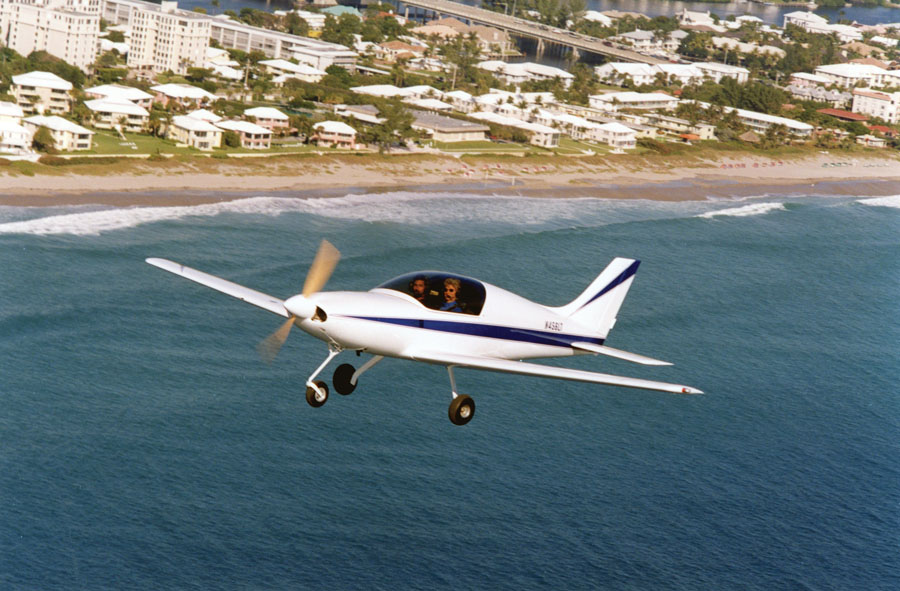
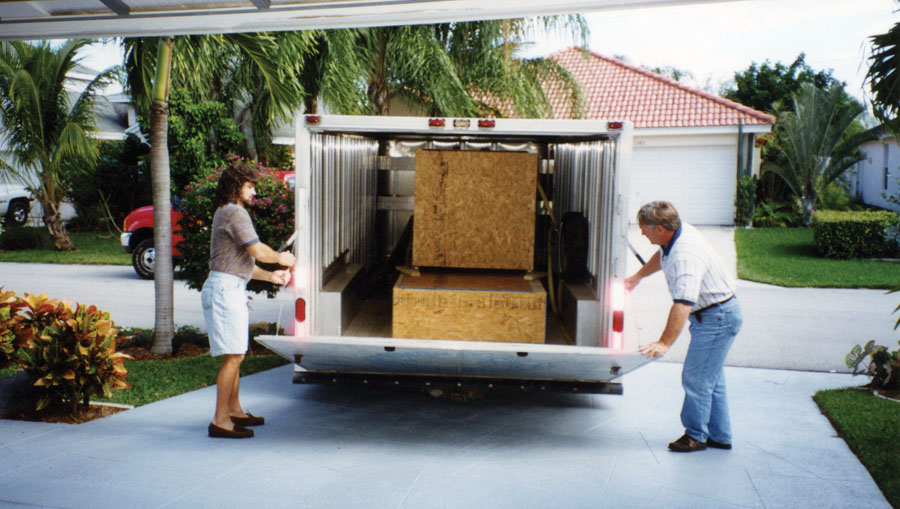

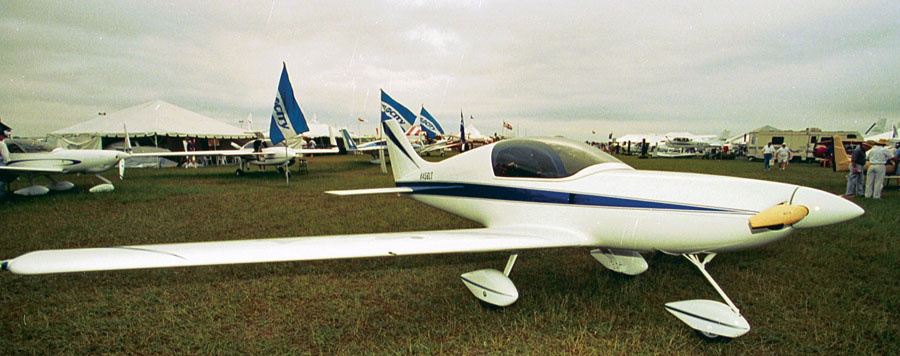
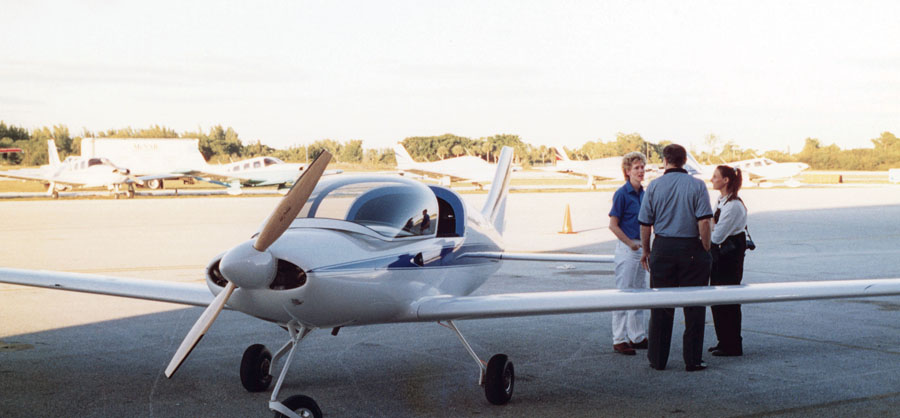

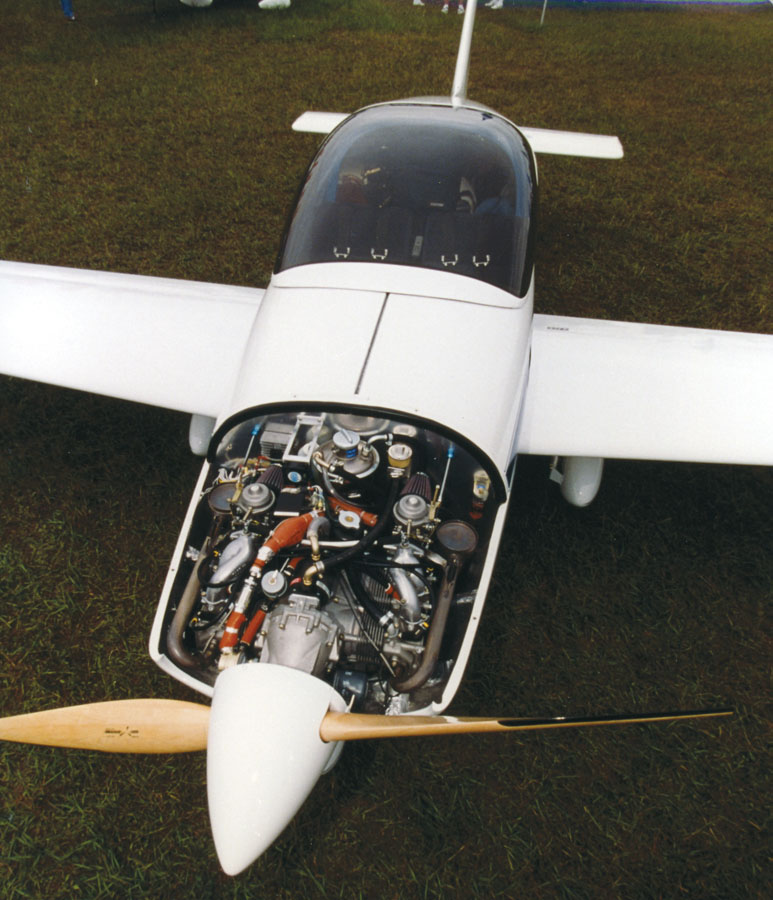

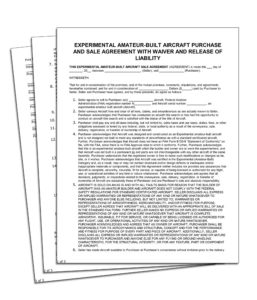
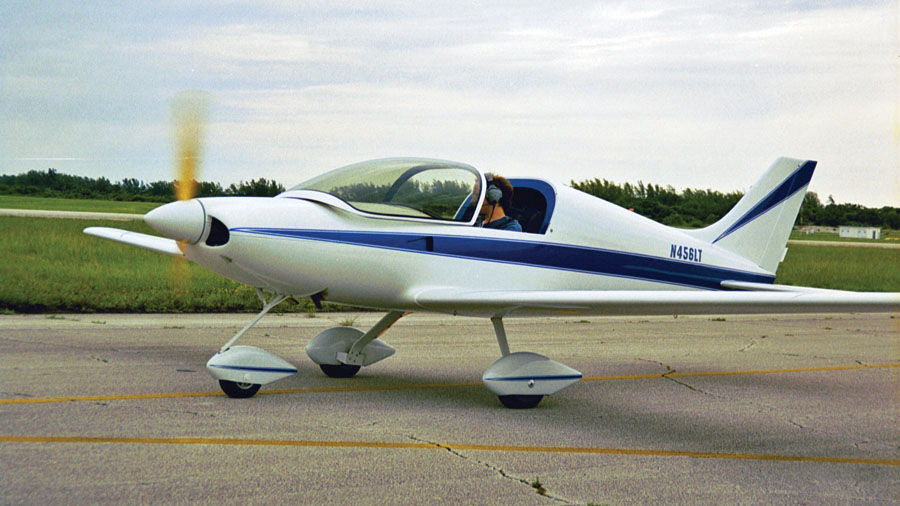






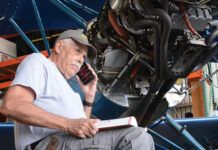
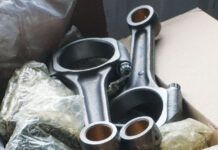
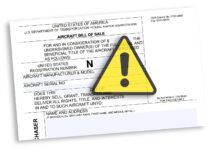
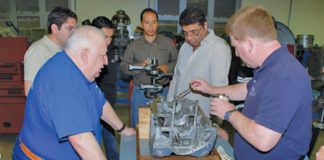

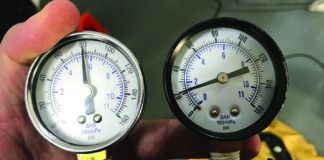

This is all true and good, but it gives me a migraine.
Me too. I’m still not over it. That airplane was a dream.
Love this! Covers everything and makes it fun too.
I have a COZY Mark IV project that is about 90% complete, needs paint and upholstery. I’m not sure how to start.
Give the web site a look and let me know how to proceed.
Thanks,
Dave, you can post a free ad here: https://www.kitplanes.com/classified-ads/
Also consider contacting the Cozy Builders Group? http://www.cozybuilders.org/
Thanks Omar! Good deal.